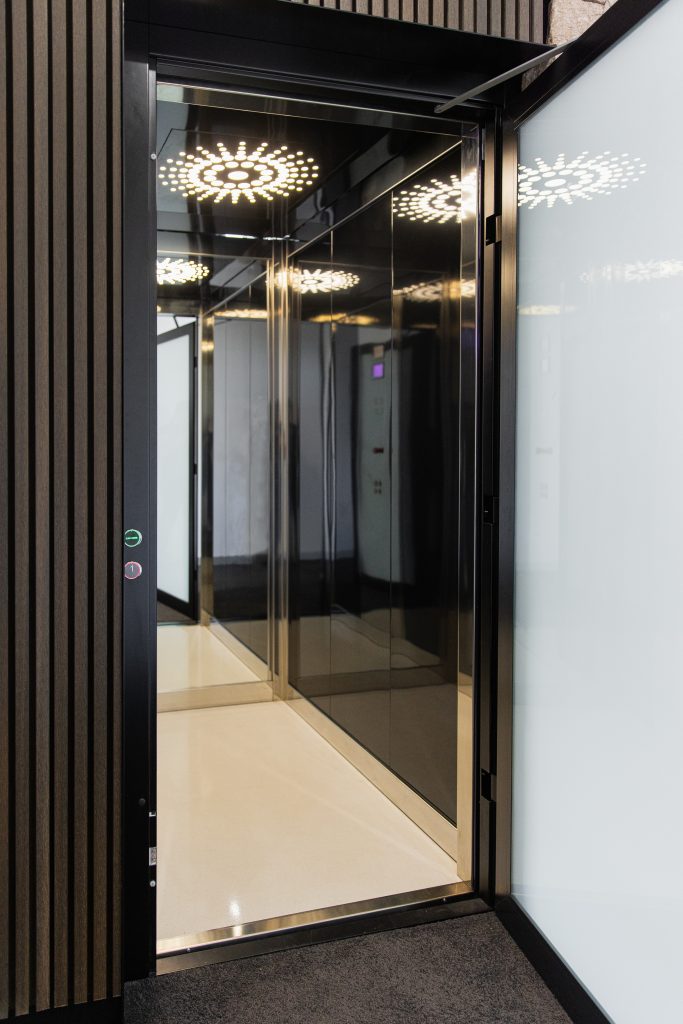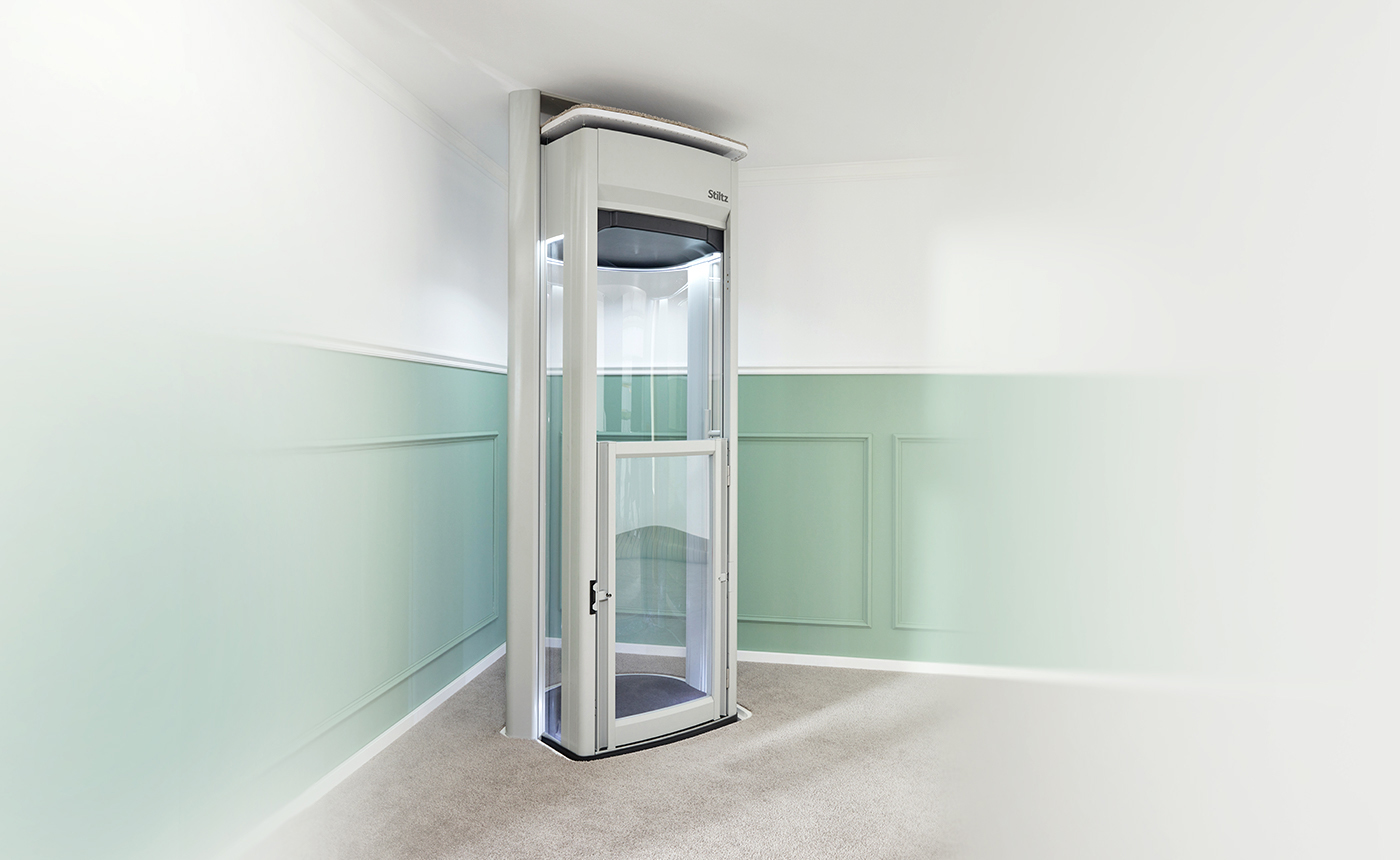Inexpensive Lift Repair Near Me: Expert Specialists at Your Service
Inexpensive Lift Repair Near Me: Expert Specialists at Your Service
Blog Article
Delving Into the Globe of Elevators: Common Concerns Encountered by Numerous Lift Systems
As we browse through the upright transportation systems of contemporary structures, lifts stand out as an important element of our day-to-day lives. From hydraulic elevators to grip systems and machine-room-less styles, each lift kind comes with its collection of typical issues.
Hydraulic Lifts
Hydraulic lifts, often favored for low-rise buildings, use fluid pressure to regulate the movement of the elevator cars and truck (lift repair companies). This device involves a hydraulic pump pressing oil into a cyndrical tube, creating the lift to relocate the preferred instructions. While hydraulic elevators are recognized for their quiet and smooth procedure, they do come with their very own set of typical problems
One common issue with hydraulic lifts is oil leak. Furthermore, concerns with the control system, such as malfunctioning shutoffs or a malfunctioning pump, can cause disruptions in the lift's activity.
Normal maintenance and timely repair services are essential to make sure the smooth functioning of hydraulic lifts. By resolving these common problems proactively, building owners can decrease downtime and make certain the safety and security and efficiency of their vertical transport system.
Traction Lifts
When thinking about vertical transportation systems in buildings, another usual kind apart from hydraulic elevators is the grip lift. Grip lifts run using a system of ropes and weights that move the lift automobile by grasping onto the hoist ropes. This device permits for smoother and faster upright transport contrasted to hydraulic systems.
One of the typical issues encountered by traction elevators is rope wear. The continuous activity of the ropes within the grip system can bring about tear and put on with time, possibly creating the lift to malfunction or end up being risky for use. Regular assessments and maintenance of the ropes are vital to ensure the lift's appropriate performance and safety and security.
One more concern that grip lifts might experience is connected to the control system. Troubles with the control system can result in concerns such as irregular motion, delays in feedback times, or even total closures. Regular screening and maintenance of the control system are critical to avoid such issues and guarantee the elevator's reliability.
Machine-Room-Less (MRL) Lifts

Among the essential elements of MRL elevators is the compact gearless traction maker that is mounted within the hoistway. This maker effectively drives the lift vehicle without the need for bulky tools found in standard grip lifts. Furthermore, MRL lifts typically utilize a counterweight system to stabilize the auto, further improving their power performance.
In spite of their benefits, MRL elevators might face challenges associated with repair and maintenance due to the restricted area for tools setup. Access for servicing components within the shaft can be restricted, calling for specialized training for specialists. Correct upkeep routines and normal evaluations are important to make certain the continued smooth operation of MRL elevators.
Overloading and Weight Limit Issues
Overwhelming and weight restriction concerns are critical issues in lift procedures. Elevator makers style lifts with particular weight capacities to make certain guest security and equipment longevity.
When lifts are overloaded, it places excessive pressure on the electric motor, cable televisions, and various other parts, potentially causing break downs or breakdowns. If they identify excess weight, security devices such as sensing units and overload sensing units are in area to protect against elevators from relocating. In addition, going beyond weight limits can lead to boosted power usage and wear and tear on the lift system.
To alleviate overloading issues, constructing supervisors must prominently show weight limits in elevators and inform occupants on the significance of adhering to these limitations - lift repair companies. Routine upkeep checks by qualified service technicians can this contact form also assist make sure that lifts are running within risk-free weight specifications. By resolving overloading and weight limitation concerns proactively, building proprietors can improve lift safety and security and efficiency
Electrical System Failures
Exceeding weight limitations in elevators can not only lead to mechanical issues but also possibly add to electrical system failings within the lift facilities. Electric system failings are a vital worry in lift procedure, as they can create unforeseen closures, breakdowns, or also safety and security risks.
Normal upkeep and examinations are critical to recognize and resolve potential electrical concerns promptly, view it now ensuring the safe and reliable procedure of lift systems. By adhering to weight restrictions and carrying out regular electric system checks, building proprietors can alleviate the danger of electrical failures in elevators.
Verdict

Hydraulic lifts, usually favored for low-rise buildings, utilize fluid pressure to control the movement of the elevator cars and truck.When thinking about vertical transportation systems in structures, one more usual type apart from hydraulic lifts is the grip lift. Traction elevators run making use of a system of ropes and counterweights that move the lift car by gripping onto the hoist ropes. Unlike typical lifts my response that require a different device area to house the devices, MRL elevators incorporate most of the components within the shaft, getting rid of the demand for a specialized device space.In final thought, elevators deal with typical issues such as hydraulic malfunctions, traction system failures, and electric system problems.
Report this page